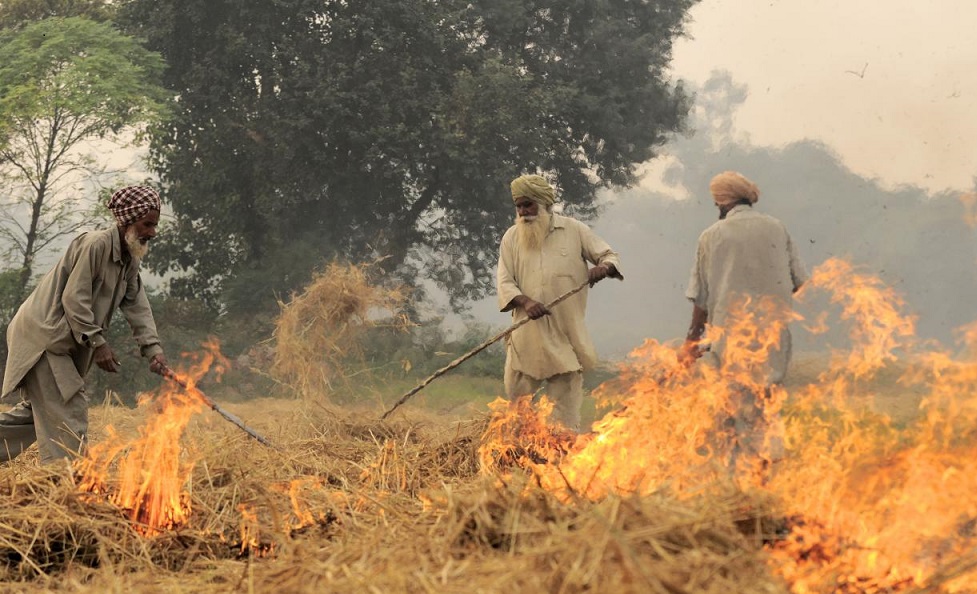
The havoc created by Air Pollution in Delhi NCR could be turned into an opportunity by creating a National Fodder Bank utilising Rice-Wheat straw, left for burning, and fortifying the same with nutritious food legume stover. The compressed feed blocks added with vitamins and minerals will help in mitigating quality feed shortages and more so during natural calamities, which has become frequent with the climate change.
Having involved myself for three decades in Cereal based Food Legume cropping system at the national level I wish I render my services for such a noble social cause. The corporates in India in the food and beverage industry may come forward and support this activity out of CSR Funds to not only support the health and well being of people in the national capital, but also enhance animal health and productivity by the creation of nutritious feed, thereby effectively contributing to a clean environment. Setting up a one lakh ton feed block making facility may cost ₹10 crores.
Groundnut haulm (stalks/stems) are widely used as cattle feed in major production areas. In Saurashtra Region of Gujarat dry groundnut haulms are usually fed to cattle by mixing other green fodders namely fodder maize, fodder jowar, lucerne, etc. and known to contribute towards animal health and increased milk production. The nutrient value in good quality dry groundnut haulm has been reported in the order of Total Digestible Nutrients (50%); Crude Fibre (21%); Crude Protein (12%); Digestible Protein (8%); and Calcium and Potassium (1-2%). So, groundnut farmers in Gujarat do preserve dry haulms as important cattle feed.
On the contrary groundnut grown during Rabi-Summer in rice fallow, residual moisture/minimal irrigation situation in the states of Assam, Odisha and West Bengal with high quality haulms are burnt in the field itself after stripping the pods manually. According to rough estimate 3.0-4.0 tons of dry groundnut haulms as produced per hectare are destroyed by burning, which is a colossal waste of high value feed and the cattle in these areas are left to survive on paddy straw, the major feed available in abundance.
Rice straw alone as feed is not adequate even to maintain the animal, which will lose weight if no supplementary protein is provided. This is true for all straws which hardly contain 4% protein, since a minimum level of 6% is needed to prevent weight loss. Groundnut haulms are valued for their nutrient content, considering their high digestible protein, vitamins and minerals. According to a published report goat fed with groundnut haulms (6.5% digestible protein) gained weight 60% faster than regular green fodder. As maximum as 75% of groundnut haulms can be substituted with green lucerne as feed to goat without affecting growth and body weight. This should be true for cattle and other animals.
This is high time, the Milk and Meat Industry in the Eastern Region where groundnut is grown commercially should come forward with appropriate plans to make use of highly nutritious groundnut haulms for fortification of paddy straw and add value to paddy straw, the traditional fodder. Entrepreneur development on cattle feed and capacity building of stakeholders at the farm and feed processing level may be rewarding.
Image: By CIAT – NP India burning 48 Uploaded by Mr John Cummings, CC BY-SA 2.0, https://commons.wikimedia.org/w/index.php?curid=30330151
Dr Mukti Sadhan Basu is a former director of the National Research Centre for Groundnut, Indian Council of Agricultural Research. He was also International Consultant on Aflatoxin Management, UNIDO and worked in Africa in that capacity. Presently he is Managing Director of SBSF Consultancy.